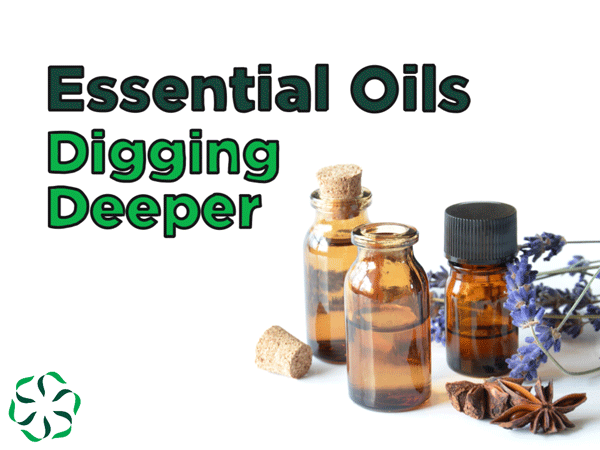In our last post, we took a look at essential oils. There are many popular essential oils on the market. In this post, we’re looking at one of the most common essential oil used and studied: lavender oil.
What is an essential oil?
Essential oils are compounds extracted from various plant parts, including flowers, leaves, bark, seeds, roots, twigs, and more.
Manufacturers typically use essential oils as flavor or aroma enhancers in cosmetics, food additives, soaps, plastic resins, perfumes, and more.
What is lavender oil?
There are at least 39 types of lavender plant species and even more lavender plant hybrid species. The term lavender is the common name used to refer to all the plants found in the genus Lavandula (1).
Different lavender species can have different properties and uses. For example, Lavandula angustifolia is valued in culinary dishes, while Lavandula latifolia has a more pungent smell, which can be valuable in fragrances.
What do proponents of lavender use claim it does?
Traditionally, people believe lavender essential oil possesses sedative, carminative, anti-depressive, anti-inflammatory, and antimicrobial and anti-fungal properties. However, scientific research has not yet substantiated many of these claims.
Are any of the claims backed by science?
While research is underway, it’s important to note that lavender essential oil is not an approved medication in the U.S. to treat any medical ailments.
However, preliminary studies suggest that lavender oil may possess properties to aid in healing, alleviate insomnia (1,2), help to treat anxiety, as well as possessing antimicrobial and anti-fungal properties (1,2).
Additionally, food scientists are exploring and testing innovative ways to harness lavender oil’s potential antimicrobial, anti-fungal, and anti-oxidative properties by incorporating lavender essential oil and extracts in food packaging as a naturally derived preservative (1).
This exciting research does lend credence to many claims, but there is still much to learn before lavender oil can be reliably used for food preservation or as a medication. It’s especially important to note that researchers are looking at specific lavender species at specific purities and dosages when conducting antimicrobial, anti-fungal, and anti-oxidative research.
Different lavender species contain different chemical compositions that lend themselves to different research outcomes. We must recognize lavender essential oil and its ability to produce desired results will vary based on the plant species, growth location, the extraction process, and more.
Is lavender essential oil regulated?
Essential oil manufacturers are responsible to ensure the safety of their products and are required to provide accurate ingredient information. (1,2).
However, if manufacturers make claims that are gravely misleading, disingenuous, or otherwise cause harm, the manufacturers violate the U.S. Federal Trade Commission (FTC) laws that prohibit false advertising, and that can lead to serious legal repercussions.
Additionally, if a company makes medical claims, for example, saying, “lavender essential oil will cure anxiety,” they can face legal consequences from the U.S. Food and Drug Administration (FDA) because it’s claiming that lavender oil possesses curative properties that are typically reserved for pharmaceutical medication, and medical claims are highly regulated by the FDA.
Are lavender essential oils safe?
Some research suggested that lavender oil could have estrogenic effects, meaning they could disrupt the endocrine system and cause adverse health effects, especially in young male children (1,2). Without scientific consensus, researchers continue to conduct new projects on lavender use to see what, if any adverse endocrine disruptions occur (1,2,3).
Edible lavender, commonly known as culinary lavender, used in teas, for baking, and more is typically a different species of lavender plant grown specifically for human consumption and is usually sold as dried flowers. Food-grade lavender oils and extracts differ from lavender essential oils designed for fragrances. It’s important to always check the label to ensure you’re using the correct product. The FDA classifies consumable lavender products as GRAS ingredients.
The ingredients in essential oils and products designed for topical use or through scent are not grown, tested, or intended for human consumption.
If you’re allergic lavender, you should avoid products and foods that contain lavender.
The good news.
With continued interest in lavender essential oil and the continued research into the diverse plant species, scientists are making progress in developing safe usage guidelines and standards for lavender essential oil products.
As our knowledge progresses, our understanding of how best to safely use these ingredients continue to grow.

